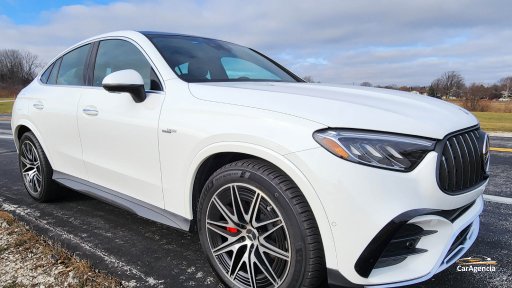 Kiran C
Kiran C
The automotive industry is no stranger to bold designs and cutting-edge technology, but not every new idea stands the test of time. Some cars that seem trendy and futuristic today may, unfortunately, become the butt of jokes in years to come. Based on design, trends, and market response, here’s a breakdown of the vehicles experts and enthusiasts predict will age poorly.
Cars that age poorly tend to:
Lean heavily on fleeting design trends
Sacrifice function for form
Feature materials or design elements that age badly
Lack longevity in relevance as technology and consumer preferences shift
With this in mind, here are the models and styles that could miss the mark over time.
Once hailed as futuristically minimal, Tesla designs are now showing their age. The Cybertruck, in particular, has divided opinions with its angular, "post-apocalyptic" aesthetic. Even beyond the design, Tesla interiors have been criticized for lacking creativity and refinement compared to the competition. Add in the rise of more sophisticated and competitively priced EVs, and Tesla’s design choices may not stand the test of time.
Take the BMW X6 as a prime example of an SUV coupe genre that many feel will age poorly. Critics have pointed out that their confusing blend of bulky SUV forms and a sleek coupe roofline often results in cars with compromised utility and aesthetics. Many argue the trend is a fad born from chasing profit margins, and its appeal may vanish as consumer tastes mature.
Toyota's recent models, like the Toyota Tacoma, feature bold angles and predator-style grilles that some find overly aggressive. While these designs stand out now, critics predict that this era will be remembered for pushing aesthetics that many might soon find excessive.
Luxury vehicles from Mercedes-Maybach, such as the GLS model, often exude opulence to a fault. The over-the-top aesthetics and flashy elements meant for new-money buyers can feel gaudy as preferences shift towards understated luxury. When next-gen status symbols emerge, these designs may quickly feel dated.
Full-size pickup trucks like the Ford F-150 Raptor R and the Ram 1500 are becoming increasingly oversized and styled with extreme aggression. While these designs play into the current "tough and rugged" appeal, they risk looking outdated as consumer trends move towards efficient, understated utility vehicles.
Brands such as Toyota, Hyundai, and Subaru have embraced exposed plastic body cladding in their designs, touting durability and "off-road" toughness. But as these materials fade, crack, and cheapen over time, vehicles like the Subaru Solterra could lose their charm far faster than expected.
The 2024 Lexus TX exemplifies how over-painting components (like grilles) can cheapen a car's look as it ages. Add yellowing headlights and chipped paint into the mix, and what looks premium now could take a dramatic turn for the worse in the years ahead.
Light bars are becoming a common feature, spanning the front or rear of modern vehicles. Though they add a present-day sleekness, critics believe these imposing fixtures will "scream 2020s" in the future. Expect vehicles with excessive light bars to date themselves rather quickly.
Mercedes’ EQ-series EVs, with their “melting jellybean” designs stripped of brand heritage, risk aging out as competing brands refine and elevate their electric vehicle styling.
The Lotus Eletre, a far cry from Lotus’s light, agile sports cars, is in danger of alienating fans of the brand’s heritage. This electric SUV’s unique styling might be the push toward a divisive legacy rather than lasting acclaim.
While design is subjective, certain automotive trends are more prone to fading than others. Some cars on this list may end up standing the test of time, but the critique highlights the importance of balancing boldness with timelessness.